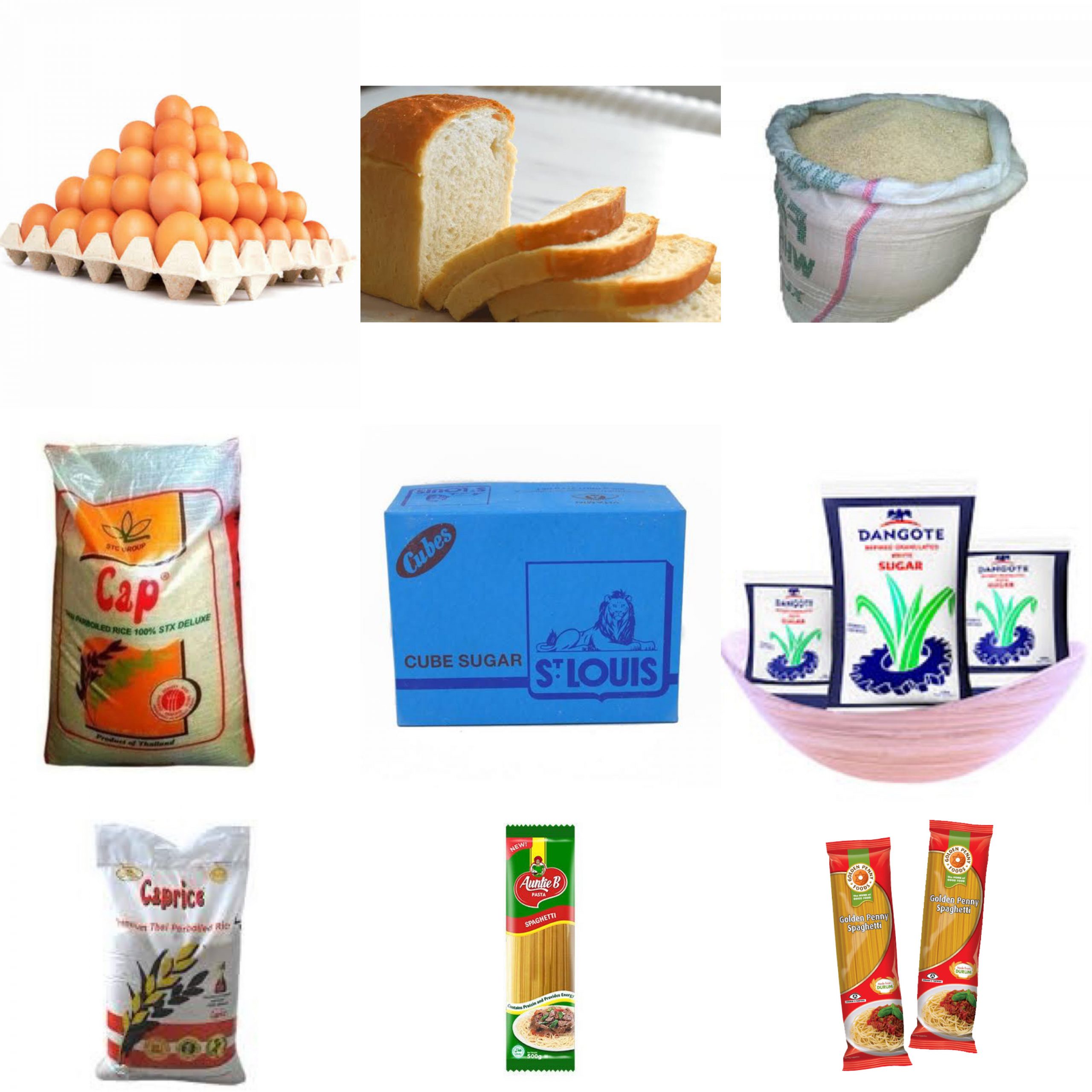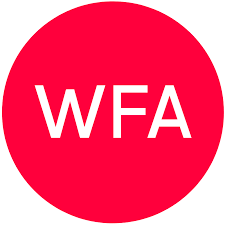By Abimbola Mohammed
Food is an essential commodity that everyone needs to survive. They provide the body with its nutritional needs like protein, carbohydrates, fat, amino acids, and other nutrients. Without food, the body cannot survive grow, or function. As a necessity, the body requires the energy provided by food to be at its optimal working condition. No wonder food is reckoned as one of the basic necessities of life.
To be able to get all the nutrients needed by the body to function well, there is a cost attached as food is not served a la carte. However, the high cost of production caused by inflation, increase in the exchange rate, high dependence on the importation, insecurity, farmers/herders clashes, flooding during raining season, poor storage facilities leading to food wastage, rising population, etc. have combined to incapacitate Nigerians and prevent them from being able to afford their food needs.
This has made life unbearable for some people as the price of food items has skyrocketed. To cut costs, manufacturers take to Shrinkflation by reducing the quality/standard of goods or in some cases reducing the quantity.
According to the Nigeria Bureau of Statistics, food inflation in May 2022 rose to 18.37 percent indicating an over one percent increase compared to the 17.2 percent recorded in the previous month. The prices of foods like Rice, Beans, Yam, Groundnut/palm oil, Garri, Egg, Milk, Wheat, Spaghetti, Sugar, Flour, Migraine, Snack, Sachet/Table Water, Soft drink, Beverages, Bread, Cereal are so unpredictable as they increase almost daily.
A market survey shows that the prices of food products have now tripled what they were some months ago. Here is a comparative showcase of prices of some foodstuff before and now.
Bread: Because wheat is the most commonly used agricultural produce in making flour in Nigeria and is mostly imported as local production is just one percent of consumption, this has created an imbalance in the demand/supply chain, hence the reliance on importation from foreign countries. The Russo-Ukrainian war has led to an astronomical rise in the price of wheat globally which has left our local read industry open to the vagaries of global inflation and worsening local economic realities.
1 paint bucket of flour which used to cost N800 two years ago is now selling between N2, 300, and N3,000 at the time of this report. The implication on bread is that the Family size of sliced bread that used to e between N300 and N400 a while ago now sells between N800-N850 while the smallest size of bread that used to be N100 is N150.,
Egg: the frequent increase in prices has made eggs, supposedly the cheapest source of protein in Nigeria, a luxury item. The prices have continued to rise beyond the reach of the average Nigerian household. This is because of the cost of animal feeds following inadequate local production of basic feed ingredients such as maize and soybeans, and the high cost of minerals and vitamins used in poultry production.
Cooked egg which food vendors used to sell for N40 about a year ago now goes for N100 per one. A crate of 30 eggs that was between N100 and N1200 is now sold between N2, 200, and N2,500, depending on size. At the retail level on the streets of Lagos, a small-sized crate of eggs also sells for between N2, 000 and N2, 300.
Sugar: This is another staple food item that used to be very affordable but has also skyrocketed. The majors in this sector are Dangote, BUA, and Flour Mills of Nigeria. Nigeria produced 41,478 metric tonnes of sugar in 1990; the figure fell to 38,597 metric tonnes. In 2019, imports rose astronomically from 603,000 metric tonnes in 1990 to 1.6 million metric tonnes according to data.
When Dangote garnetted Sugar hit the Nigeria market the 250g was sold for N50 and the 500g for N150 today however, the 250g now costs N200 while the 500g is sold for N600, St. Louis Cube Sugar which, a few months ago is sold for was sold between N500-N600 has jumped to N950.
Garri: Garri, a common staple food widely consumed by Nigerians, especially in the South, is gradually going beyond the reach of the masses, as its price keeps increasing almost daily. Hugely popular in the country, it is the most widely traded cassava product, accounting for more than 75 percent of products extracted from cassava. As stated earlier, the price of garri is rising steeply.
In major markets in Lagos, a paint bucket of garri which used to sell for N350 is currently selling for between N1, 200 and N1, 300. In the same way, a small bowl that used to sell for N400 and N450 is now N900. A bag of 30 paint buckets sold for N9, 000 earlier in the year is now N27, 000 across the major markets.
Rice: Rice is one of the major staple foods in Nigeria, consumed across all geo-political zones and socioeconomic classes. Globally, rice is a staple food for over 50% of people, providing over 19% of global human per capita energy. Human consumption accounts for about 78% of global production while the balance serves other uses such as feed. Only about 57% of the 6.7 million metric tonnes of rice consumed in Nigeria annually is locally produced, leading to a supply deficit of about 3 million metric tonnes. According to the Rice Farmer Association of Nigeria, the minimum rice consumed by Nigerians daily is worth N1.2bn. The price of foreign-made rice has surged across major markets in Lagos State as traders lament the scarcity of the high-in-demand food item.
Notably, the price of foreign-made short seed rice rose by 11%. Currently, 50kg of Nigerian rice is sold for between N25,000 and N27,000 while foreign rice is sold for between N34,000 and N35,000. Rice millers had blamed the high cost of the staple food on the high cost of production.







Comment
No comments found.